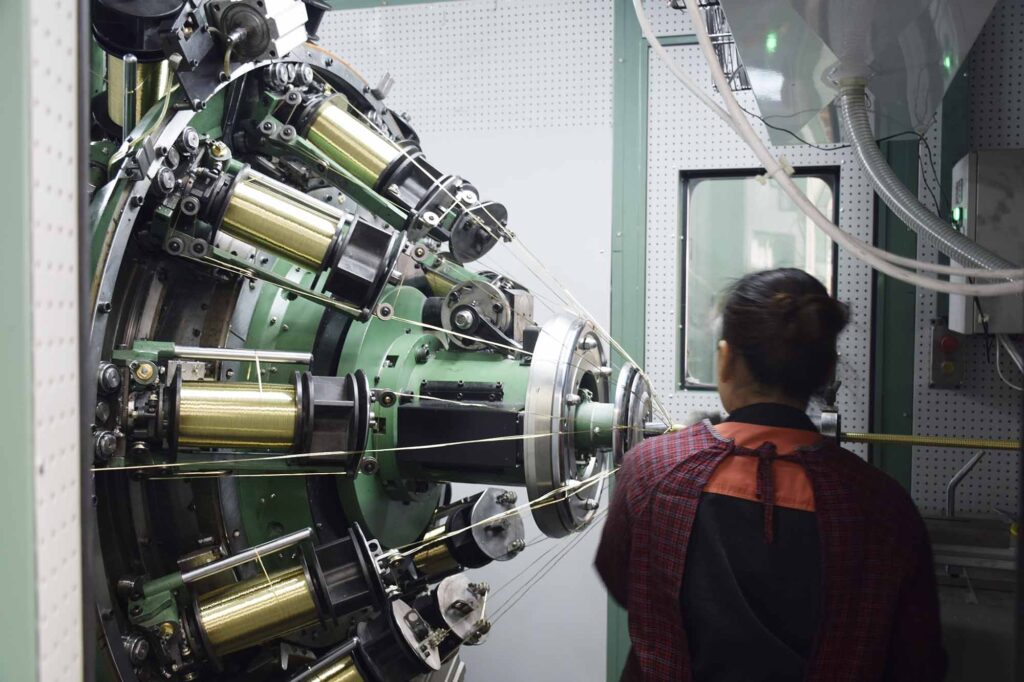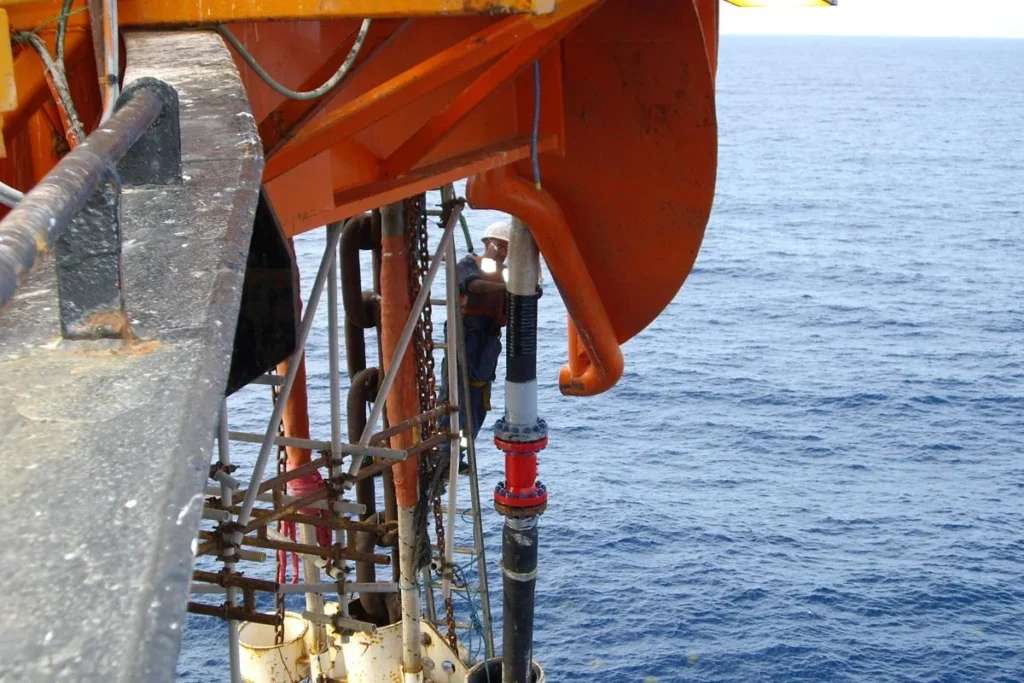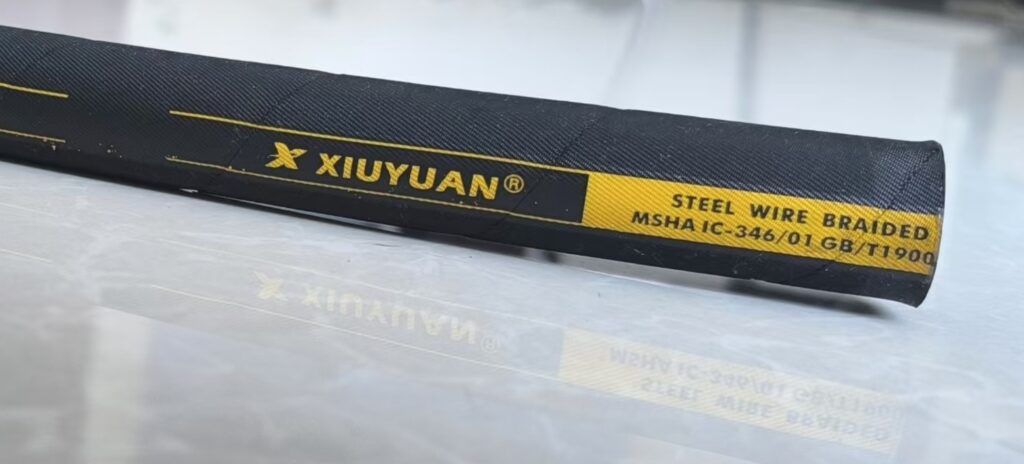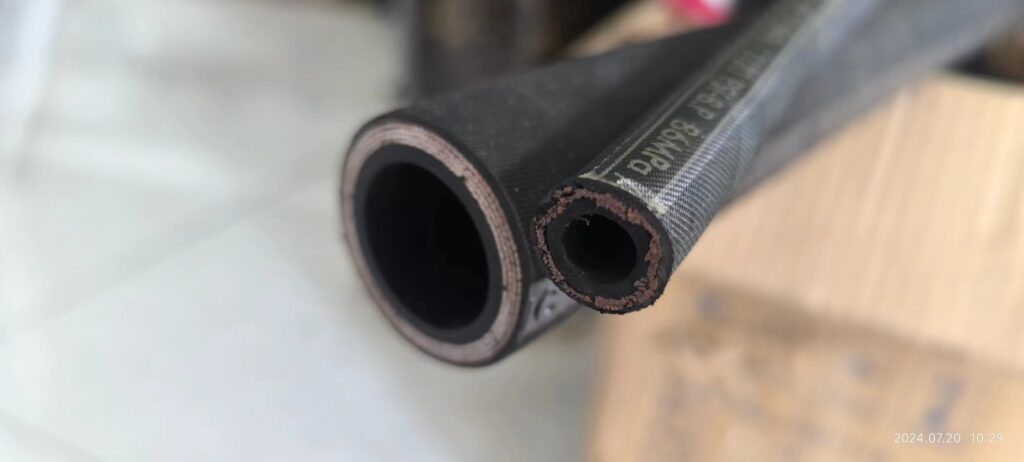Introduction
Hydraulic hoses are a critical component of any hydraulic system, serving as the lifeline for transmitting fluid power within machinery and equipment. Whether you’re maintaining an existing system or building a new one, understanding the cost factors associated with hydraulic hoses is crucial. In this article, we will explore how much you need to spend on hydraulic hoses and provide insights into budgeting wisely for these essential components.
Quality Matters
When it comes to hydraulic hoses, quality should be your top priority. High-quality hoses are designed to withstand the pressures, temperatures, and conditions specific to hydraulic systems. While it may be tempting to opt for cheaper hoses, the long-term costs of poor-quality hoses can far outweigh the initial savings.
Investing in reputable brands and hoses that meet industry standards is essential for safety and efficiency. Quality hoses typically cost more upfront but provide durability, reducing the risk of leaks, system downtime, and costly repairs.
Understanding Hose Types
Hydraulic hoses come in various types and sizes, each designed for specific applications. Understanding the requirements of your hydraulic system is crucial in determining the appropriate hose type. Here are some common types of hydraulic hoses:
- Standard Hydraulic Hoses:These hoses are suitable for general hydraulic applications and come in various sizes and pressure ratings.
- High-Pressure Hydraulic Hoses: Designed for applications requiring higher pressure tolerance, such as heavy machinery or industrial equipment.
- Low-Pressure Hydraulic Hoses:These hoses are suitable for applications where lower pressure ratings are acceptable, such as in some agricultural machinery.
- Specialty Hoses:Some industries require specialized hoses, such as those resistant to chemicals, extreme temperatures, or abrasion.
Choosing the right hose type ensures optimal performance and safety within your hydraulic system. Keep in mind that different hose types may have varying price ranges.
Size and Length
The size and length of hydraulic hoses are key factors that influence their cost. Hoses are typically measured by their inner diameter (ID) and length. Larger-diameter hoses and longer lengths often cost more due to the increased material and manufacturing requirements.
Before purchasing hoses, accurately measure the distance between hydraulic components to determine the necessary hose length. Oversized hoses can lead to inefficiencies, while undersized hoses may cause excessive pressure drop or damage.
Hose End Fittings
Hose end fittings, such as couplings and adapters, are essential for connecting hoses to other hydraulic components. These fittings come in various sizes, materials, and configurations, and their cost can vary significantly.
Consider the following factors when selecting hose end fittings:
- Compatibility: Ensure that the fittings are compatible with both the hose and the other components in your hydraulic system.
- Material:Choose fittings made from materials that are corrosion-resistant and suitable for the operating conditions of your system.
- Thread Type:Verify that the thread type matches the hydraulic connections in your system (e.g., NPT, JIC, ORFS).
- Sealing Method:Some fittings use O-rings, while others rely on metal-to-metal seals. The sealing method should align with your system’s requirements.
Properly matched and high-quality hose end fittings are crucial for preventing leaks and ensuring the integrity of your hydraulic system.
Maintenance and Inspection
Regular maintenance and inspection can extend the lifespan of your hydraulic hoses and reduce long-term costs. By implementing a preventive maintenance program, you can identify and address issues before they become major problems.
Inspection should include checking for signs of wear, abrasion, kinks, or damage to the hoses. Additionally, look for leaks and ensure that hose end fittings are securely attached. Replacing hoses or fittings when they show signs of wear can prevent costly system failures down the line.
Conclusion
When determining how much to spend on hydraulic hoses, it’s essential to prioritize quality, understand your system’s requirements, and consider factors such as hose type, size, length, and end fittings. While high-quality hoses and fittings may come with a higher upfront cost, they offer better durability, reliability, and safety, ultimately saving you money in the long run by reducing downtime and maintenance expenses. Investing wisely in hydraulic hoses is an integral part of maintaining efficient and reliable hydraulic systems.





